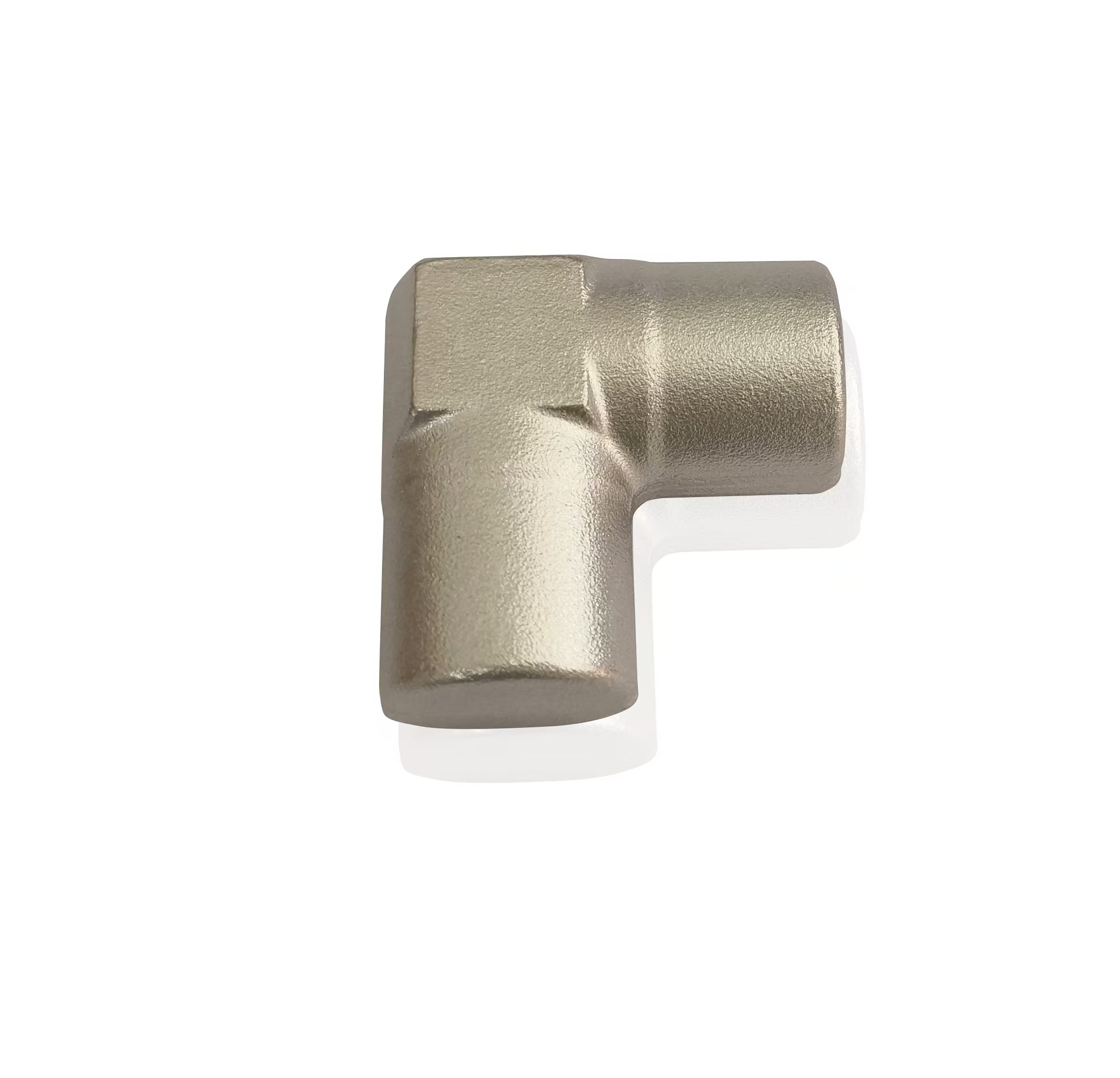The Impact of Temperature and Pressure on Pipe Joints Selection and Performance
 2024.11.25
2024.11.25
 Industry news
Industry news
Understanding how these conditions impact the selection and efficiency of connecting pipe joints is crucial for ensuring system reliability, safety, and longevity. Every pipe joint, whether threaded, socketed, flanged, or welded, responds differently under varying environmental conditions. The pressure and temperature demands of an application dictate the material choices, joint design, and sealing methods necessary for optimal performance.
Temperature is one of the most significant variables when choosing pipe joints for any system. High temperatures can lead to the expansion of materials, potentially causing the joints to loosen or even fail. Materials such as metals, commonly used in threaded or welded joints, tend to expand as they heat up, which can lead to a loss of sealing capability or distortion of the joint itself. Conversely, in low-temperature environments, materials may contract, creating gaps and weakening the joint's integrity. For instance, in systems dealing with steam or hot gases, a pipe joint that isn't designed to handle thermal expansion and contraction might face issues like leakage or cracking, especially if the wrong materials are used. In such environments, materials with higher thermal resistance and more flexibility, such as certain alloys or reinforced gaskets, are preferred.

Pressure, similarly, plays a crucial role in the behavior of connecting pipe joints. High-pressure systems place significant stress on joints, and improper joint selection can result in failure due to cracking, bursting, or leaks. For instance, threaded joints are often used in low to moderate pressure applications because they are easy to install and provide a reliable seal when used correctly. However, in high-pressure systems, threaded joints can struggle to maintain a tight seal under stress, and welding or flanged joints become more appropriate choices. Welded joints, due to their continuous nature, provide the most robust seal, making them ideal for applications with extreme pressures, such as in oil and gas pipelines or chemical plants. High-pressure conditions not only challenge the strength of the materials themselves but also demand joint designs that can accommodate fluctuating forces without compromising system integrity.
In many cases, both high temperature and high pressure exist simultaneously, such as in chemical processing plants, boilers, or power generation systems. Here, pipe joints must be chosen with even greater care. The material must not only withstand high pressures but also resist heat-induced degradation. In such cases, joints made from materials with a high degree of thermal expansion resistance, such as stainless steel or special alloys, are used. These materials help prevent joint failure due to stress from thermal expansion while also withstanding the intense pressure. Furthermore, the type of sealing material used within these joints must also be selected to cope with high heat and pressure, ensuring that gaskets or seals remain intact without degrading over time.
Moreover, these extreme conditions influence the longevity and reliability of the piping system. For example, a joint exposed to high temperatures over an extended period may experience material fatigue, leading to premature failure. Similarly, repeated pressure fluctuations can cause joint seals to wear out, resulting in leaks. This is why regular maintenance and the periodic inspection of pipe joints are necessary, especially in systems that operate under demanding conditions. Pipe joints designed for high-pressure, high-temperature environments often require specific installation techniques and additional safeguards, such as expansion joints or flexible couplings, to accommodate movements due to temperature shifts or pressure spikes.
In addition to pressure and temperature, the specific application’s requirements also play a role in joint selection. For instance, piping systems used in plumbing often face relatively low pressures and temperatures, so threaded or socket joints are typically sufficient. However, in industries like petrochemical or nuclear power, where both high temperature and pressure are prevalent, more complex joint types such as welded or flanged joints are essential. These joints not only accommodate the high stresses but also offer greater sealing reliability and ease of maintenance.




















